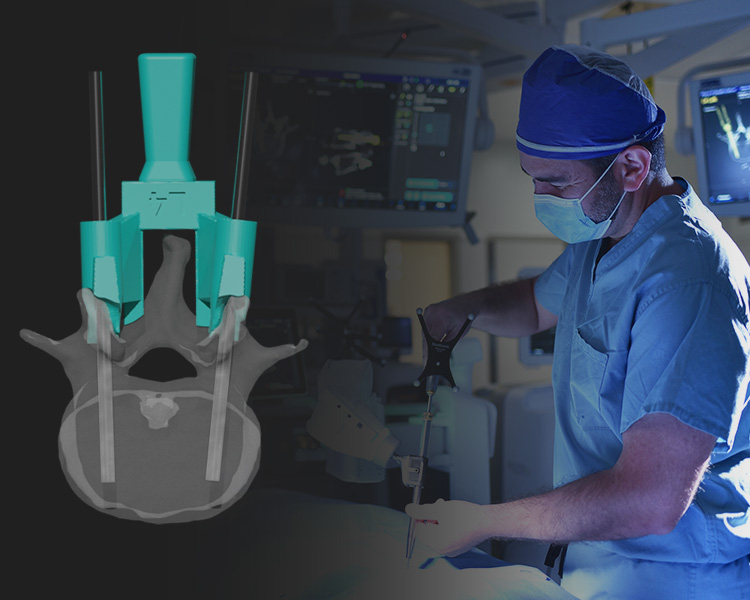Comparison between the use of navigators and intraoperative CT and the use of personalized surgical guides
The document includes:
- The conclusions included in the document: “OSTEBA REPORT: IMAGING GUIDED VERTEBRAL FUSION SURGERY TECHNOLOGY [1]“
- Comments to each of the conclusions that Dr. Mostaza has provided to us when comparing the point of view between the use of navigators and the use of the TOR JIG®S personalized surgical guides from Digital Anatomics S.L.
Accuracy
Navigators (OSTEBA report)
The use of image navigation systems provides greater accuracy in the insertion of pedicle screws in spinal surgery, compared to the use of traditional fluoroscopy systems.
When it is compared to the hands-free method, this higher accuracy does not seem clear, mainly due to the results obtained from the SR by Perdomo-Pantoja et al., in which malposition is considered to be less than 4•mm.
TOR JIG® S personalized surgical guides
As the anatomy of each vertebra (anatomical unit where the guide is supported) is replicated exactly, if a correct positioning is performed, the existing dimensional error is only the sum of the accuracy of the CT scan (also affected in navigation) + 0.01•mm (3D printing machine accuracy).
In the case of navigators, the calibration error is approximately 1.2•mm.
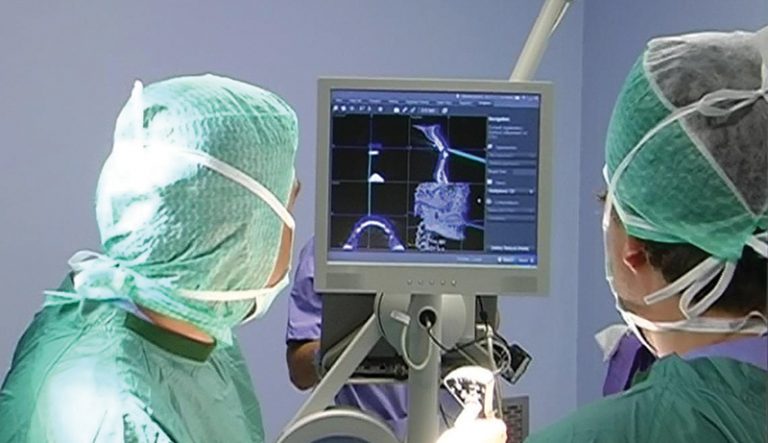
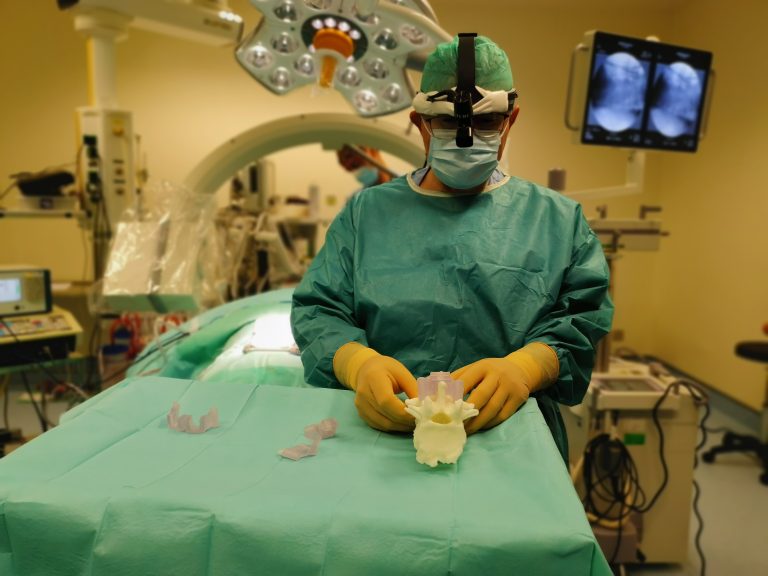
Rate of revision
Navigators (OSTEBA report)
The rate of revision of pedicle screws involving a second surgery is suggested to be no different between image navigation, traditional fluoroscopy and freehand techniques, although it does appear that with the use of image navigation systems, postoperative revisions decrease compared to fluoroscopy. The fact that no difference is observed between the navigation and freehand techniques is due, as in the previous conclusion, to the results obtained from the SR of Perdomo-Pantoja et al., where slight malposition is considered to be less than 4•mm.
TOR JIG® S personalized surgical guides
After 38 surgeries, the use of our surgical guides system has resulted in the accurate placement of 408 screws.
Only on one occasion a scre replacement was necessary. For this, our replacement guide system was used. This incident was due to the fact that the guide was not positioned correctly and was not checked properly with the probe.
Currently, a new system for the guides placement has been designed in the S1 area, making it easier for the doctor to plan the milling on the biomodel, which is carried out on the L5 joint. So, direct support on S1 avoids possible deviations.
Lateral breach
Navigators (OSTEBA report)
Image navigation systems reduce mild and severe rupture compared to freehand methods and only mild rupture compared to fluoroscopic systems; they reduce lateral breaches compared to fluoroscopy and medial breaches commpared to fluoroscopy and freehand techniques; and at the thoracic level, rupture is lower with navigation than with fluoroscopy.
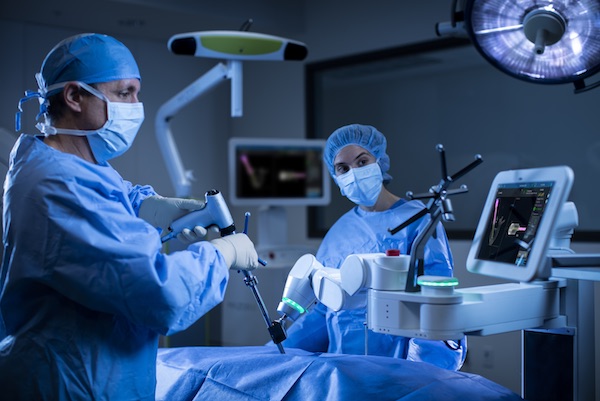
TOR JIG® S personalized surgical guides
The pedicle or gap breakage can assessed in the planning by software, knowing exactly the dimension of the pedicle and the size of the gap, depending on the screw to be placed.
The positioning and size of the gap in the operating room can also be tested on the biomodel prior to instrumentation.
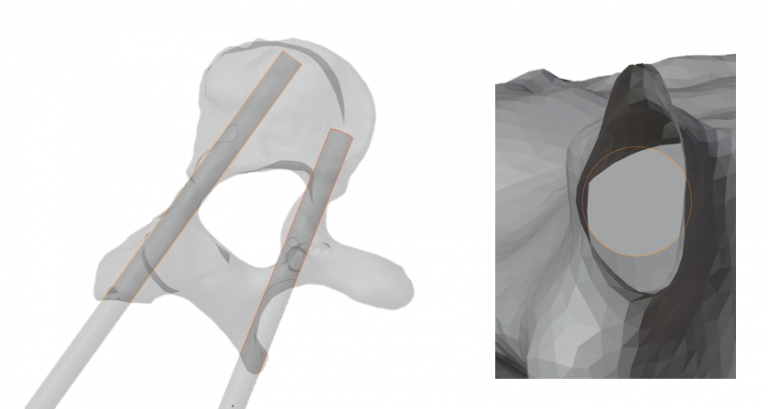
Operating time
Navigators (OSTEBA report)
More time is spent with navigation systems in setting up the operating room and planning the screw trajectory, which means that the operating times are longer when pedicle screw insertion is performed with image navigation systems than with fluoroscopic systems, although when it is compared to the freehand method, the operating times do not differ.
In case of insertion time, this is shorter with navigation techniques compared to traditional fluoroscopy, decreasing the effective time of surgical manipulation and patient exposure. Finally, hospital stay tends to decrease with the use of navigation systems compared to freehand methods.
TOR JIG® S personalized surgical guides
Configuration and planning: The time guides are used is much less than with navigation, as the planning has been done prior to entry into the operating room.
Operating time: Slightly higher because the bone-guide interface area needs to be completely dewaxed.
Insertion time: The time is shorter as it is not necessary to locate the insertion point to the pedicle beforehand. Then, drilling is performed directly after the Kirschner check.
In the case of multi-vertebrae arthrodesis, the guides can be placed alternatively, thus achieving a significant reduction in surgical time.
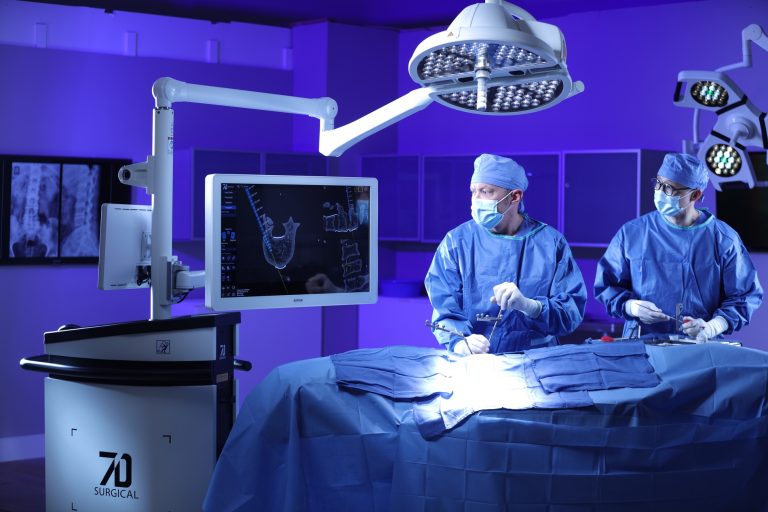

Radiation exposure
Navigators (OSTEBA report)
Radiation exposure to patients tends to be higher with image navigation systems than with traditional fluoroscopy methods, while radiation exposure to surgeons appears to be lower with image navigation systems than with fluoroscopy techniques.
TOR JIG® S personalized surgical guides
Radiation exposure for the patient and surgeons is much lower with the use of surgical guides than with any other system.
Two intraoperative CT scans are not necessary, and X-ray check every few screws is enough.
Navigators (OSTEBA report)
Intraoperative (mainly blood loss) and postoperative (mainly neurological deficit) complication rates, which may arise as a consequence of spinal surgery for pedicle screw isnertion, appear to be lower for image navigation systems compared to non-navigation methods (mainly traditional fluoroscopy), although not statistically significant.
TOR JIG® S personalized surgical guides
Bleeding is lower when 3D guides are used, as under normal conditions the surgery time is reduced compared to intraoperative navigation and CT scanning.
Navigators (OSTEBA report)
From an economic point of view, it is suggested that the high acquisition and maintenance costs of image navigation equipment canbe offset by the reduction in reoperation rates due to their higher accuracy. For high volume centres, with more than 250 spinal instrumnetations per year, intraoperative 3D imaging (with arch 0 and Stealth Station navigation system) may be economically jistified. It should be noted that the long-term cost impact of neurological sequelae caused by inaccurate screw placement is not assessed.
TOR JIG® S personalized surgical guides
Matching or exceeding the accuracy of the navigator and intraoperative CT with guide systems, there is no initial investment cost for equipment, maintenance and upgrades.
Cost per surgery are of the same older og magnitude, as we have to consider the mandatory attendance of a technician on one side and the cost of the guides on the other side.

Dr. Mostaza performed his 38th surgery at the Hospital San Juan de Dios de León, using our TOR JIG® S system, personalized surgical guides for pedicle
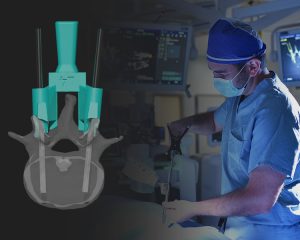
Comparison between the use of navigators and intraoperative CT and the use of personalized surgical guides The document includes: The conclusions included in the document:
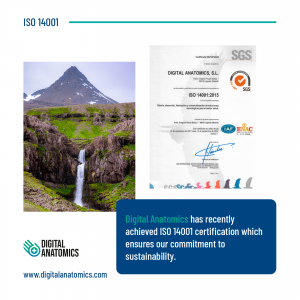
ISO certification 14001 Digital Anatomics, just over one year old Start up, is a custom-made medical device manufacturer which has very early achieved the NAB´s (1) environmental certification.
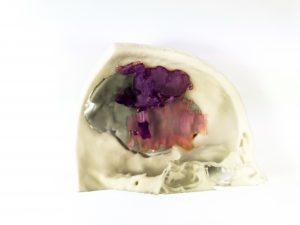
What are anatomical biomodels? Anatomical biomodels used for surgical planning are 3D reconstructions, by software, of a patient´s anatomy from 2D images (CT, CBCT, MRI,

Introduction The constant development of new technologies is one of the causes of the growth and evolution of the society in which we live. 3D
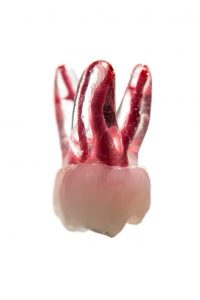
INTRODUCTION Nowadays, there is a latent need among consumers to find esthetic perfection, and what is more visual than the smile? That is why dentists


